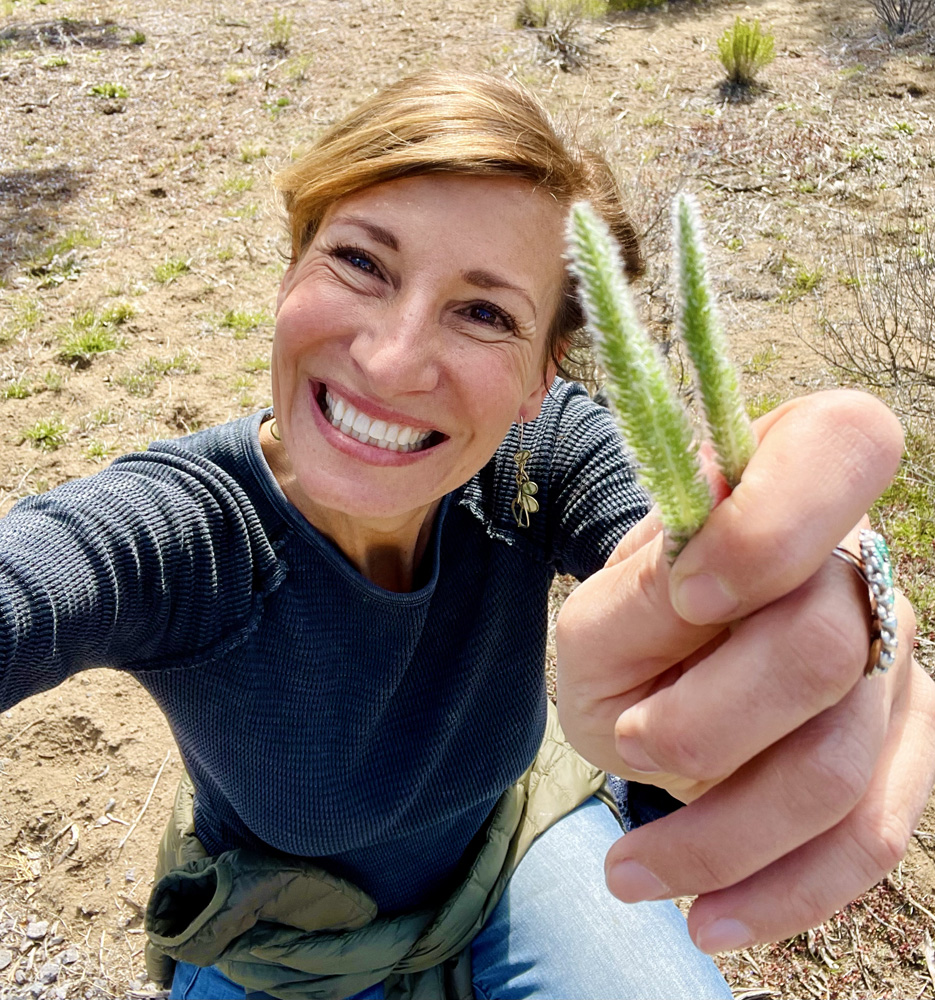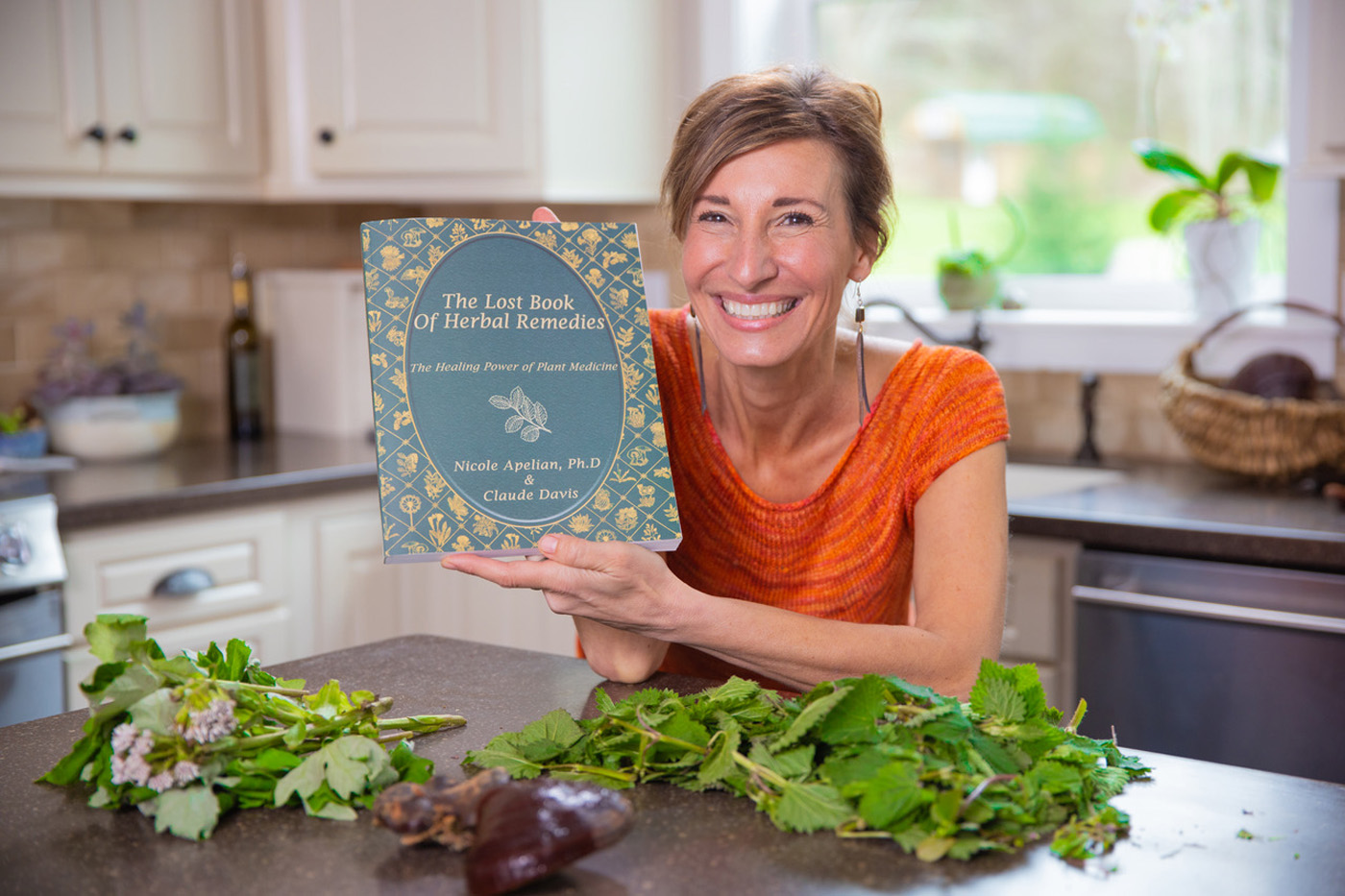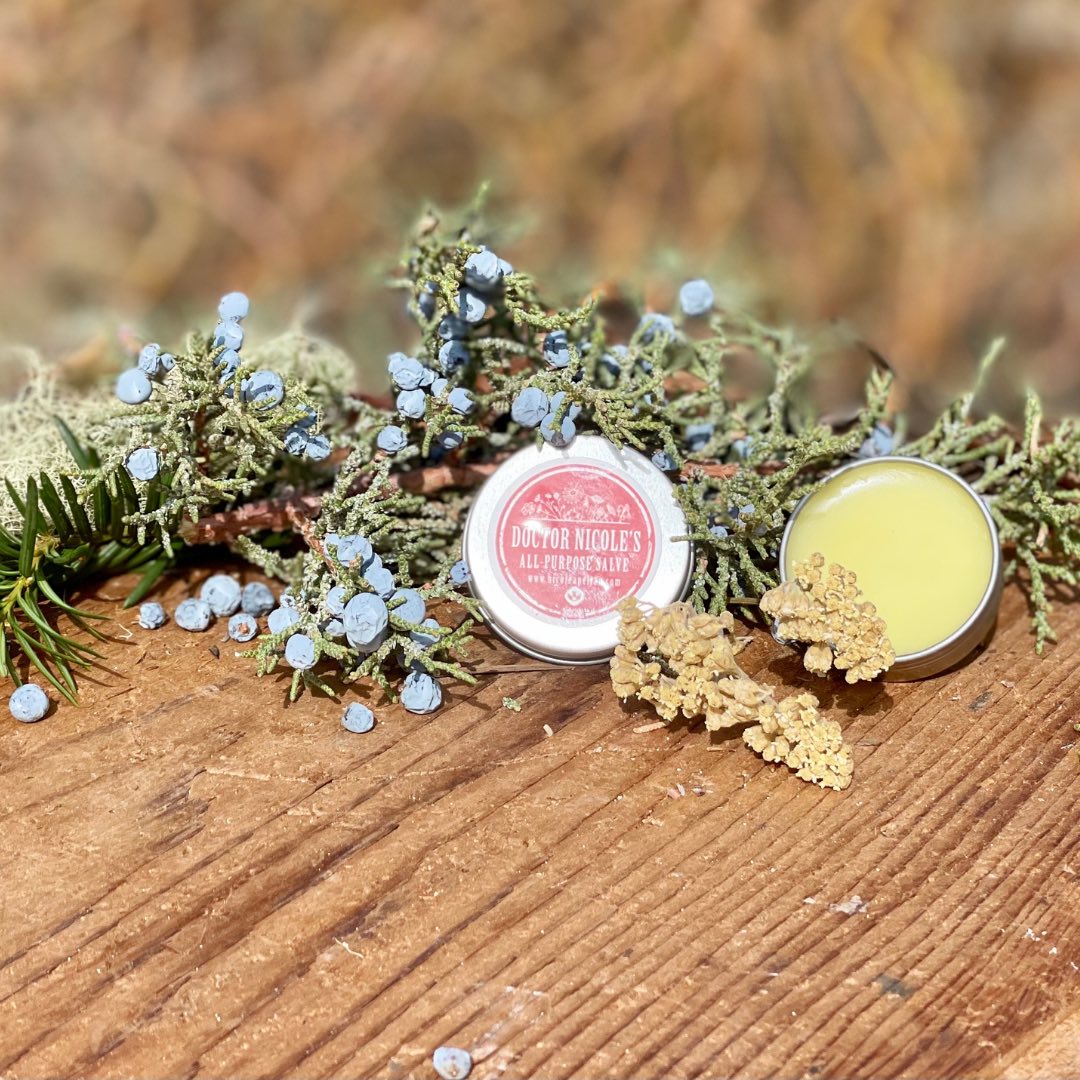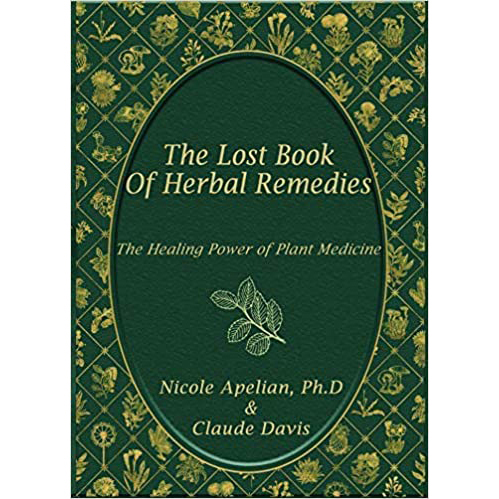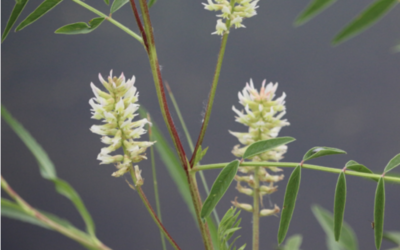Yarrow: An All-Around Wonder Herb for Infectious Illness, Wounds, Sprains and More!
This is one herb that I like to keep close-by as it has so many important uses. Traditionally, yarrow is well-known for its clotting ability with open wounds and internal bleeding. You can read more about my personal experience with this here. As a garden plant, yarrow is outstanding for repelling unwanted pests while attracting beneficial insects. When used medicinally, it is helpful for dental pain, fever, menstrual complaints, anxiety, infectious illness, and swellings — to name just a few of its many applications.
Basic Identification. With feathery, finely segmented leaves that are 2 to 8 inches (5 cm to 20 cm) long, yarrow is an erect plant that grows from an underground spreading rhizome. The plant can reach 1 to 3 feet (0.3m to 1 meter) in height. It blooms between May and July. The flowers are clustered in groups of 15-40 tiny disks on 3 to 8 ray flowers. Flowers can range in color from white to yellow, pink, and red. It is an excellent companion plant as it repels many garden pests while also attracting beneficial insects.
Where Does It Grow? Yarrow is found in temperate regions around the world. It prefers full sun to partial shade. You very likely have it growing near you!
Harvesting. It is best to pick yarrow while it is young during the springtime or early summer before the flowers have been pollinated. To preserve yarrow, dry the leaves, stems and flowers, then store in a capped jar in a cool, dark, and dry place — a pantry, root cellar, or kitchen cabinet is ideal.
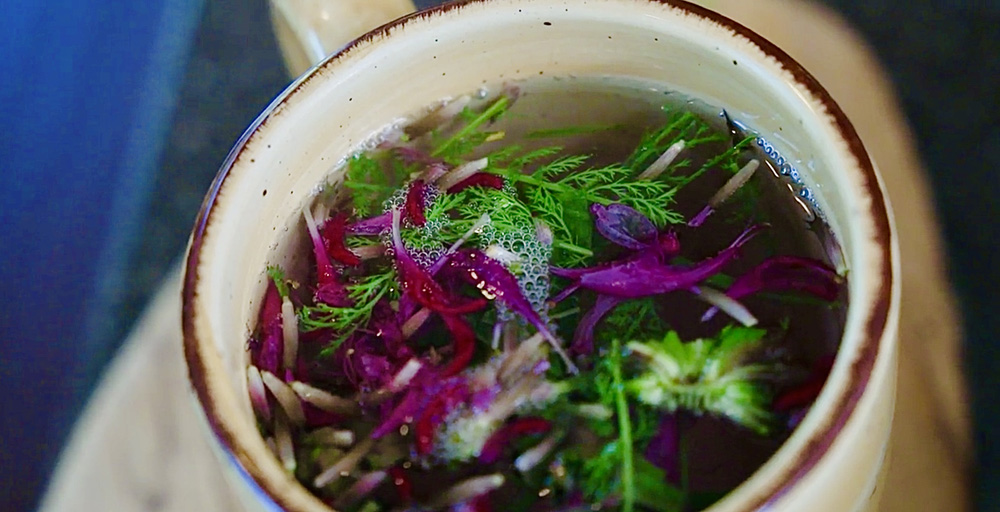
Edible Uses. The bitter leaves can be eaten either raw or cooked — it’s best to harvest the younger leaves as they are not quite so bitter. While the plant is very nutritious, I don’t recommend eating large amounts of it because of its blood clotting properties. The flowers and leaves can be used for tea, but it is very bitter. Adding a small amount of raw honey can help.
Medicinal Uses. Yarrow is antibacterial, antifungal, and anti-inflammatory. It can be used for everything from sprains and swellings to infectious illness. Yarrow is helpful to bring down fever, and for menstrual issues, dental pain, and anxiety.
A convenient and easy-to-use yarrow tincture is available in my apothecary. Tap here to learn more about this versatile and powerful herbal extract.
Recipe. Yarrow Oil. Use either fresh or dried yarrow leaves and olive or another carrier oil. If using fresh yarrow, cut the leaves into one-inch (2.5 cm) pieces and allow them to dry. Place the herbs into a jar or heat proof container and add enough oil to just cover the herbs. Fill a small pot about 1/3 full of water and bring to a boil. Turn the heat down to a simmer. Place the jar of oil and herbs into the water, being careful to avoid any water from splashing into the jar. Gently heat the herbs and oil for 2 to 3 hours. Do not overheat! Allow the oil to cool, then filter it through several layers of cheesecloth. Squeeze the cheesecloth to get all the oil. Discard the herb and use the oil for medicinal purposes.
Here are my top 3 uses for yarrow:
Internal and External Bleeding. Containing compounds that quickly help to stop bleeding and encourage clotting, yarrow is an excellent herb for wounds. It is anti-inflammatory and antibacterial, which promotes healing and eases swelling. Since yarrow works quickly and will bind any dirt or bacteria into the wound, it’s important to clean the area before applying the herb.
To use, finely chop or rip the leaves and apply to the wound, then cover with a soft cloth. Repeat 2 to 3 times per day until the wound is healed and the swelling has gone down. Another effective method is to place a few drops of yarrow oil or tincture on a tissue or cloth and place it over the wound. Yarrow is an important ingredient in my All-Purpose Salve.
Bruising, Sprains, and Swelling. An oil infused with yarrow can be applied topically to areas that are bruised, swollen or sprained to encourage healing. You can also use a salve for this purpose — or make a poultice of yarrow leaves and stems by pounding them into a paste. Apply it to the affected area and cover.
Fevers, Colds, Measles. Yarrow helps to reduce the duration of infectious viral illness, such as colds, flu, and measles. It will quickly bring down a fever. You can either chew raw yarrow leaves or brew it as a tea to encourage sweating and lower fevers. Alternately, a yarrow tincture is an easier (and more palatable) way to take the herb in order to open the pores, induce perspiration, and purify the blood. You can find a ready-to-use yarrow tincture in my apothecary.
Deepen Your Knowledge of Herbal Medicine
But that’s not all. There are over 15 medicinal uses for yarrow in my book, The Lost Book of Herbal Remedies: The Healing Power of Plant Medicine. Detailed harvesting advice for this herb and many other easy to find plants are included. What’s more, it shows you how to make tinctures, decoctions, salves, and more right in your own home. Nature does indeed provide!
Nicole Apelian
Nicole’s Apothecary Products in this Post
Safety
Do not use yarrow during pregnancy. Avoid it if you are allergic to plants in the Aster/Daisy family, if you develop a rash, or any other irritation. Do not use it before surgery.

